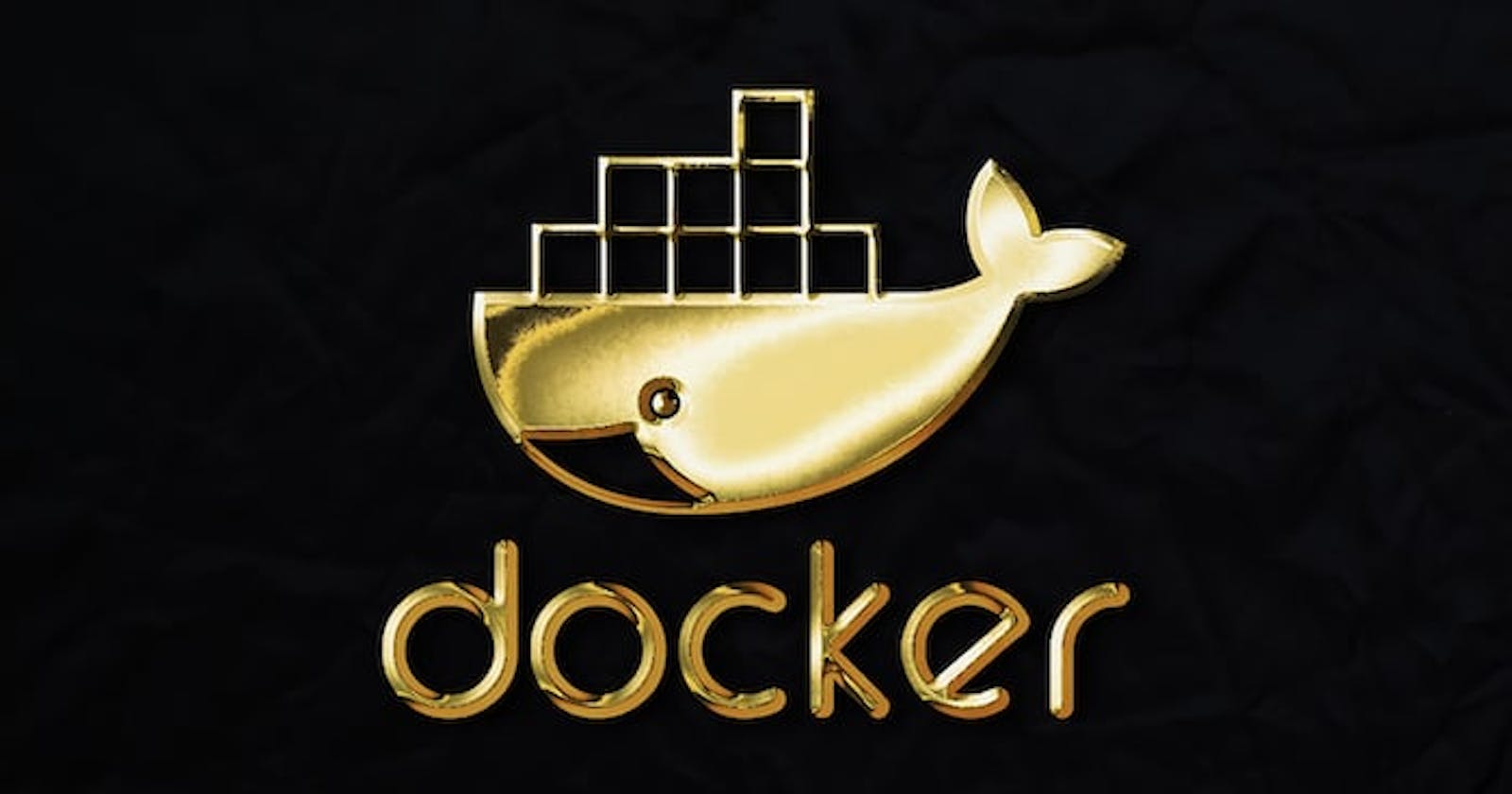Comprehensive Guide: Deploying Docker Containers on AWS for Scalable and Efficient Application Hosting
1. Introduction
Why Use Docker on AWS?
Docker containers have revolutionized how applications are deployed and managed. On AWS, Docker offers several advantages:
Isolation: Containers encapsulate applications and their dependencies, ensuring consistent behavior across different environments.
Scalability: AWS provides tools like Amazon Elastic Container Service (ECS) and Amazon Elastic Kubernetes Service (EKS) to manage containers at scale.
Resource Efficiency: Containers share the OS kernel, making them lightweight and efficient.
Portability: Docker containers can run on AWS and other cloud platforms.
Prerequisites
AWS Account: Sign up for an AWS account to access AWS services.
AWS CLI: Install and configure the AWS Command Line Interface (CLI) to manage AWS resources.
Docker: Ensure Docker is installed on your local machine to build and test Docker images.
2. Creating an AWS Account
Sign Up for AWS
When signing up for AWS, you'll gain access to a plethora of cloud services. Be aware that some services might incur charges, so take advantage of the AWS Free Tier to explore many of these services for free during your first 12 months.
Set Up AWS CLI
To configure the AWS CLI, open a terminal and run aws configure. Enter your AWS Access Key ID, Secret Access Key, default region, and output format. This step enables you to interact with AWS services programmatically.
3. Creating an EC2 Instance
Launch an EC2 Instance
Creating an Amazon Elastic Compute Cloud (EC2) instance is the first step in hosting your Docker container on AWS. Follow these steps:
AMI Selection: Choose an Amazon Machine Image (AMI) based on your application requirements, like Amazon Linux 2 or Ubuntu.
Instance Type: Select an instance type that aligns with your application's resource needs.
Instance Configuration: Configure instance details, add storage, and define security groups.
Key Pair: Create or select an existing key pair for SSH access to your EC2 instance.
Launch: Review your configuration and launch the instance.
4. Installing Docker on EC2
SSH into Your EC2 Instance
After launching your EC2 instance, SSH into it using the key pair you generated during instance creation. Replace <your-key.pem> with the path to your private key and <your-ec2-public-ip> with your EC2 instance's public IP.
Install Docker
Once connected to your EC2 instance, use the following commands to install Docker:
sudo yum update -y
sudo amazon-linux-extras install docker
sudo service docker start
sudo usermod -a -G docker ec2-user
This sets up Docker on your EC2 instance, allowing you to create and run containers.
5. Building Your Docker Image
Create a Dockerfile
A Dockerfile is a blueprint for creating Docker images. Customize it according to your application's requirements. Here's an example Dockerfile for a Node.js app:
FROM node:14
WORKDIR /app
COPY package*.json ./
RUN npm install
COPY . .
EXPOSE 8080
CMD [ "node", "app.js" ]
Build the Docker Image
Build your Docker image from the Dockerfile using the docker build command:
docker build -t my-app .
This creates a Docker image tagged as my-app.
Test Your Image Locally
Before pushing the image to AWS Elastic Container Registry (ECR), validate its functionality locally:
docker run -p 8080:8080 my-app
This starts a container from the image, exposing port 8080.
6. Pushing Your Docker Image to AWS ECR
Create an Amazon ECR Repository
Amazon Elastic Container Registry (ECR) is a managed container image registry. Create a repository in ECR to store your Docker images:
Navigate to the AWS Management Console.
Access the Amazon ECR service.
Create a new repository with a unique name.
Authenticate Docker to ECR
Authenticate Docker to your ECR repository by running the following command on your EC2 instance:
aws ecr get-login-password --region <your-region> | docker login --username AWS --password-stdin <your-account-id>.dkr.ecr.<your-region>.amazonaws.com
Replace <your-region> and <your-account-id> with the appropriate values.
Push Your Image to ECR
Tag your Docker image to match the ECR repository and push it:
docker tag my-app:latest <your-account-id>.dkr.ecr.<your-region>.amazonaws.com/my-app:latest
docker push <your-account-id>.dkr.ecr.<your-region>.amazonaws.com/my-app:latest
This pushes your Docker image to the ECR repository.
7. Deploying Your Docker Container
Create an ECS Cluster
Amazon Elastic Container Service (ECS) simplifies container orchestration. Create an ECS cluster to manage your containers:
Access the AWS Management Console.
Go to Amazon ECS.
Create an ECS cluster.
Define a Task Definition
In ECS, a task definition specifies how your containers should run. It includes configuration details such as Docker image, CPU, memory, and environment variables.
Create an ECS Service
Create an ECS service that uses your task definition. This service launches and maintains your Docker containers, ensuring high availability and scalability.
8. Accessing Your Application
Configure Load Balancing
For high availability and load distribution, set up an Application Load Balancer (ALB) in AWS. The ALB routes incoming traffic to your ECS service.
Access Your Application
Access your application through the DNS name or IP address provided by the ALB. This ensures that your application is available to users on the internet.
9. Scaling and Monitoring
Auto Scaling
Configure auto scaling for your ECS service to handle fluctuations in traffic. Define scaling policies based on CPU or memory utilization to ensure optimal resource allocation.
Monitoring with AWS CloudWatch
Monitor your application's performance using Amazon CloudWatch. Set up custom metrics, create alarms, and gain insights into your application's behavior. This ensures you can respond proactively to any issues that arise.
10. Cleaning Up
Delete AWS Resources
When you're finished with your AWS resources, don't forget to delete them to avoid ongoing charges. Terminate EC2 instances, delete ECS clusters, and remove any unnecessary resources.
Remove Docker Images
On your local machine, use the docker rmi command to remove Docker images that are no longer needed. Keeping your local environment tidy helps manage disk space efficiently.
By following these detailed steps, you've learned how to deploy a Docker container on AWS effectively. This comprehensive guide should empower you to leverage Docker containers in combination with AWS services for your applications' hosting needs. Happy deploying!
